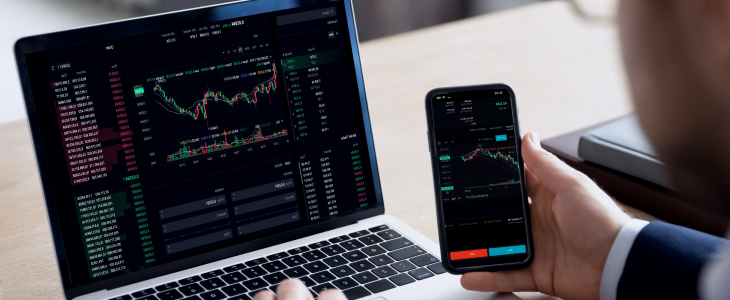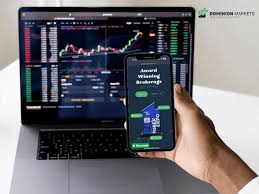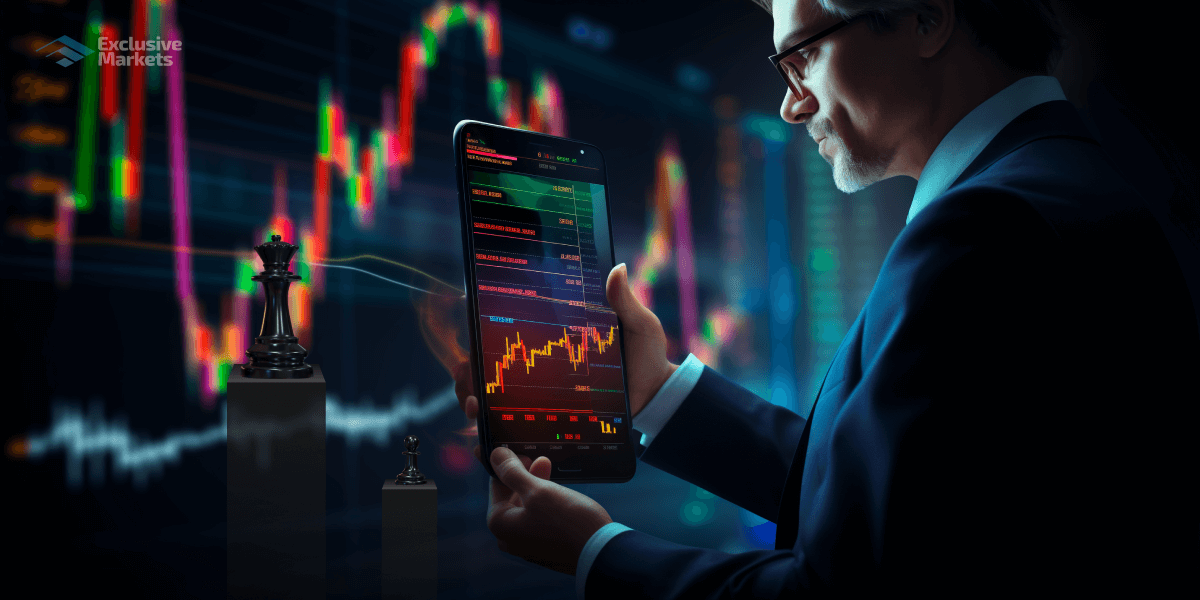
Forex trading leverage can significantly amplify both your profits and your risks. By using leverage, traders can control a larger amount of capital than they would be able to with their own investment. This feature of Forex trading is attractive to many, especially those looking to increase their potential returns. For insight into trading options, consider checking out forex trading leverage Trading Brokers in the Philippines.
What is Forex Trading Leverage?
Forex trading leverage allows traders to borrow capital to increase the potential return on their investment. In simple terms, leverage gives traders the ability to control a larger position with a relatively small amount of capital. For instance, with a leverage ratio of 100:1, a trader can control a position size of $100,000 after investing just $1,000 of their own funds.
The Mechanics of Leverage
Leverage is expressed as a ratio, which is determined by the broker. Common ratios include 50:1, 100:1, and even 500:1 in some markets. The higher the leverage, the smaller the required margin to open a position. Margin is the amount of funds required to open a leveraged position. When a trader opens a position, the broker holds this margin as collateral against the trade.
Advantages of Using Leverage
The primary advantage of using leverage in Forex trading is the potential for higher returns. With a relatively small investment, traders can control larger positions, which can result in significant profits. For example, if a trader invests $1,000 with a leverage of 100:1, they could control a trade worth $100,000. If the market moves in their favor by just 1%, they could earn $1,000 on that trade—effectively doubling their investment.

Potential Risks of Leverage
However, the use of leverage also comes with significant risks. The same magnification of potential returns applies to losses as well. Using the previous example, if the market moves against the trader by just 1%, they stand to lose $1,000 of their initial investment. This means traders can find themselves in a margin call situation more frequently than they might expect.
Understanding Margin Calls
A margin call occurs when the broker notifies the trader that their account balance has fallen below the required margin for their open positions. If the trader does not deposit additional funds, the broker may automatically close some or all of their positions to limit further losses. This mechanism protects both the broker and the trader but can lead to rapid liquidity losses for the trader.
Strategies for Leverage Usage
To effectively use leverage while managing risk, traders should consider adopting specific strategies:
1. Use a Lower Leverage Ratio
Choosing a lower leverage ratio can reduce the risk exposure. Instead of using the maximum leverage available, traders can opt for ratios that align better with their risk tolerance and trading style.

2. Set Stop-Loss Orders
Stop-loss orders are crucial in protecting against substantial losses. By setting a stop-loss level, traders can define the maximum loss they are willing to accept on a trade, thereby safeguarding their investment while utilizing leverage.
3. Diversify Your Trades
Instead of concentrating all your capital on a single trade, consider spreading it across multiple trades. Diversification can help mitigate risk and reduce the impact of a single negative trade on your overall portfolio.
Conclusion
Forex trading leverage is a powerful tool that can multiply potential profits, but it carries inherent risks that traders must recognize and manage. Understanding the mechanics of leverage, the risks, and the strategies to use it effectively can empower traders to navigate the Forex market more successfully. Forex trading can be both rewarding and challenging, making it imperative for traders to approach it with a well-thought-out plan and risk management strategies.
Adopting disciplined trading practices and continuous learning are keys to thriving in the Forex trading environment, especially when leverage is involved. Remember that while leverage can unlock new opportunities, it requires a balanced and informed approach.
